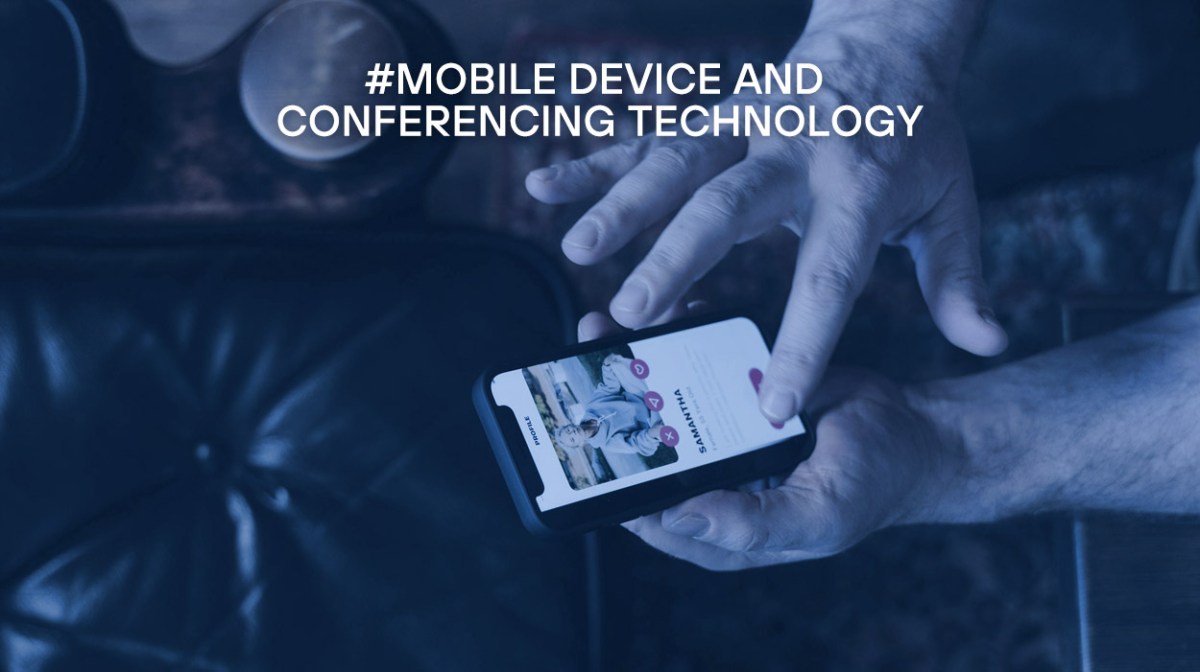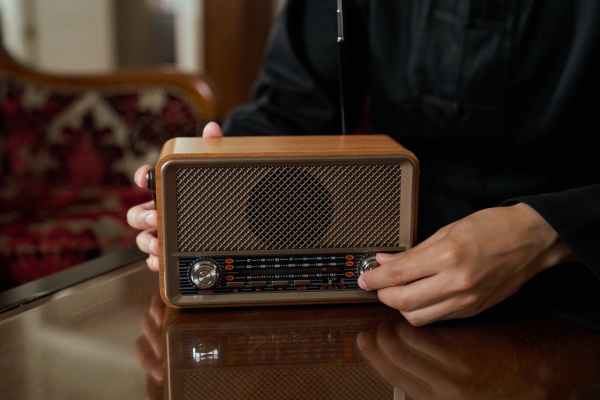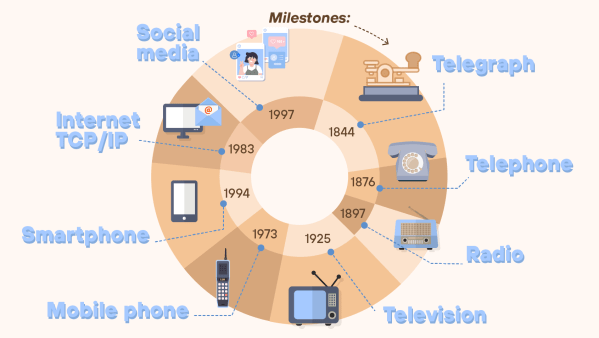What does the concept of mobile device technology refer to?
It refers to everything related to the ‘guts’ of devices, which makes the terminal we each have in our hands work as well as possible. We work to bring the latest developments from Telefónica to terminals, making devices work great on our networks. We work to ensure that your mobile experience is the best it can be.
What are the main components of a mobile device?
Taking the smartphone as a typical example of a mobile device, its architecture or main layers would broadly be three: modem, operating system and applications.
Starting at the bottom, we have the modem (or chipset): this is the component that enables connectivity to mobile networks (you’re probably familiar with 2G, 3G, 4G and now 5G in the latest handsets!). It is responsible for communication with the operator’s network and manages calls, SMS and mobile data. Key players here include not only the manufacturers of these chips or SoCs (system on chip), if they are integrated, but also the designers of the chip architecture and the companies responsible for the frequency bands.
Then there is the operating system, which is the program or software code that manages the device’s hardware (such as the screen, keyboard, sensors, or camera) and allows you to use applications, manage memory and battery, and organise how files are stored. Although there are others, the two main ones are Android, on most devices and controlled by Google, and iOS, on iPhones and controlled by Apple.
Finally, we have the application layer (or ‘apps’ for short), which are the programmes that the user interacts with directly. An app is said to be “native” if it is installed on the system the first time you turn on your mobile phone. Otherwise, it is ‘downloaded’ from stores such as the Play Store or App Store, depending on whether the operating system is Android or iOS, respectively. Apps use operating system interfaces or ‘services’ to function and interact with the device’s hardware. You probably have many on your mobile phone, such as the browser, camera, email or WhatsApp!
How has it evolved in recent years?
Although the basic architecture is similar, the evolution has been tremendous. Think about the first mobile phones: they were easily distinguishable and you could tell at a glance whether it was an Alcatel or a Nokia. The arrival of the iPhone in 2007 marked a turning point for device manufacturers (also called OEMs – Original Equipment Manufacturers), and today, if you put several switched-off devices next to each other, it is difficult to tell them apart.
Screens are getting bigger and bigger, and some are starting to be flexible. The physical keyboard has disappeared and now appears on the screen. Processors are sometimes as powerful as a mini-computer. Not only can you make calls and send text messages, but there are also a multitude of applications that allow you to communicate in many different ways (chats, social networks, camera, etc.) and help you manage your daily life, organise your free time, etc.
They have evolved to become our ‘right-hand man’, making us feel ‘off’ on the days we forget them…
Where might they be headed with the advancement of new technologies?
If they have become a very useful tool so far, with new technologies that will enable better performance and faster connectivity, and aided by artificial intelligence, they will end up being a true assistant, even anticipating our needs.
Some people are predicting the end of the smartphone era, but I believe that, although in the future we will have expanded our personal ecosystem with other very useful devices (glasses, rings, smart watches, etc.), mobile phones will still be with us for many years to come.
What process do we follow at Telefónica with mobile devices?
We work with all manufacturers in the device chain to align their technological strategy with ours, well before each device is designed. Only in this way can we ensure that it will support the main technologies when it is marketed, optimising its performance and use of network resources, offering the best user experience to customers who carry them.
Once selected by our portfolio teams based on the needs of each of our markets, we certify them internally at Telefónica. In other words, we subject them to a comprehensive testing plan to verify that they are optimised and that they meet all the requirements of our networks: from support for the frequency bands available in each country to the applications that must be preloaded on each model. If we detect any faults, we open a ticket with the manufacturer so that they can resolve them as soon as possible, especially if it is a critical fault that prevents the device from working, because if these are not resolved, the device cannot be sold in our stores (either physical or online).
In addition, this ‘bug fixing’ that we do internally is not only valid for the models that we ultimately sell, which have software specially designed for Telefónica, but the manufacturer also usually takes advantage of this and corrects the fault in the versions sold on the ‘open market’ (supermarkets or electronics stores).
But our work does not end there. Once the device is sold in our stores, we continue to analyse and verify that it is performing correctly. For example, given that the basis of all communication is the connection with our environment and our loved ones, one of the parameters we monitor is whether calls fail; that is, how many times a customer has to redial because a call did not connect correctly. We then check the make and model of the device they are using and analyse what happened with our network colleagues and the device manufacturer to prevent it from happening again.
What is its useful life?
Its useful life is quite long, but it is true that it depends a lot on how the person uses the device. In general, batteries used to last for days because the devices were very simple. However, as they become more complex, they consume power more quickly.
It also depends on how quickly the customer changes their mobile phone. Previously, the average was two years. But now the cycles have lengthened, to the point that this June, Europe issued a new regulation requiring manufacturers to provide support for terminals for five years.
What is the best thing to do with them once they are no longer useful?
Whenever possible, it is best to recycle them, as this ensures that parts that can still be used are reused, and those that cannot are disposed of properly. This not only gets rid of clutter in a drawer, but also helps to protect the environment around us.









